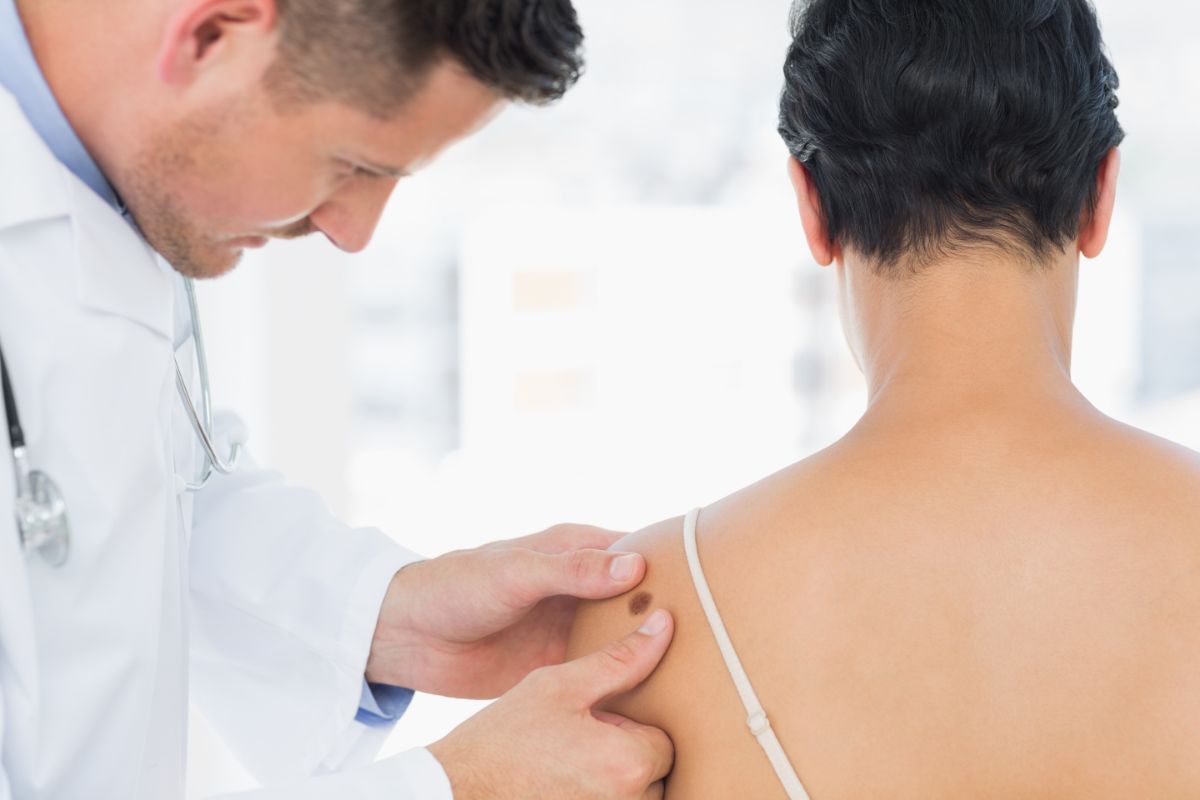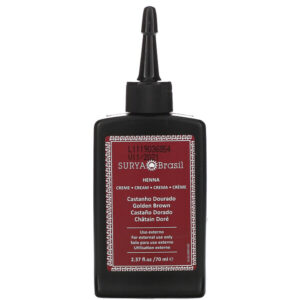Khloe Kardashian has shared photos and videos detailing her 2022 skin cancer scare. After visiting the dermatologist over what she thought was just an unsightly blemish, Khloe underwent surgery for melanoma removal which has since returned.
She urges people with multiple moles, especially those prone to them, to check their skin regularly for changes and seek medical advice if any suspicious moles arise or change significantly – anything out of the ordinary should be evaluated by a healthcare professional immediately.
Table of Contents
What is melanoma?
Melanoma is the deadliest form of skin cancer and affects cells responsible for giving skin its pigment or color. It often manifests itself in moles or areas overexposed to sunlight; however, it may also arise in places like your soles of feet or beneath nails where sunlight doesn’t get much exposure – such as under your nails and soles of feet. Melanoma can develop anywhere melanocytes are present but is most frequently seen on parts of the trunk or limbs exposed frequently or long term (such as trunk or limbs), or where family history of melanoma already exists within.
Melanocytes are cells that produce melanin, the pigment responsible for giving your skin its color. Your body contains numerous melanocytes on arms, legs, face, torso and area around your eyes – many are located there as melanomas are typically formed there as well as having various shapes and sizes of cells to produce melanin from. Melanoma can form within these melanocytes in any number of different places; common spots include arms legs face torso area around eyes. Melanoma forms within these cells – sometimes as black brown spots; other times pink skin colored spots or brown or skin colored spots; subcutaneous (called subcutaneous melanomas) or superficial (moles).
The melanoma can be divided into four stages, each of which may affect treatment options. When your doctor diagnoses you with stage 0, 1, 2 or 3, they will likely remove the primary tumor and assess its spread; stage one: Tumor thickness less than 4 mm without evidence of spread; stage two: Primary tumor may have grown beyond this thickness and spread to nearby lymph nodes or parts of skin as well as ulceration of skin if present; stage three: Large primary tumor spread across skin surfaces or further, potentially ulcerated.
Stage 3: Cancer has spread to lymph nodes in other parts of the body or to other sites within one area, such as lungs, brain or liver. It may have also reached other organs like intestines or bones.
What are the symptoms of melanoma?
Melanoma typically presents itself in the form of moles, freckles or skin spots growing or changing size, while their colors may also shift over time – from black or brown to pink, purple red or white spots. Furthermore, symptoms may include bleeding, itching or pain in addition to turning or eroding of these lesions; should any such signs arise it is vital that you see a doctor immediately.
Early diagnosis of melanoma makes treatment much simpler, so it is highly advised that you examine your skin regularly – particularly areas where moles may exist – in order to monitor any changes that might appear on it and recognize anything out of the ordinary that could indicate cancerous growths. Melanoma symptoms can easily be confused for other illnesses or ailments, so if any of the following signs appear it’s wise to visit a physician immediately:
Asymmetry occurs when one half of a mole is different than its opposite side, its borders becoming uneven or ragged-edged; color variation throughout, darker tones; diameter bigger than 6 millimeters or increased size and evolving shape over time compared with others on your body; evolving shape which changes size or changes appearance over time as it evolves into its current state; evolving shape which changes form over time as it gets bigger or smaller and looks unique compared with similar moles on your body;
Melanoma can often be removed through surgery if detected at an early stage, however if discovered later it can spread throughout your body and lead to more serious complications, including swollen lymph glands if it has spread there, lung damage and brain cancer.
Khloe Kardashian has been open about her experience with melanoma, encouraging her followers to self-exam and check their skin regularly. She has posted selfies of her scars from surgery and expressed her thanks to her surgeon; additionally she suggests visiting your dermatologist annually.
How do I know if I have melanoma?
Many people have moles on their bodies, and it is essential that you familiarize yourself with them to spot any changes or unusual appearances. Also, it’s a good idea to visit a physician should your mole appear different or change color; melanomas are among the deadliest forms of skin cancer which can spread quickly to other parts of your body, even internal organs.
Melanoma’s most obvious telltale sign is an alteration to the shape or size of a mole or other skin growth, such as becoming irregular, asymmetrical or unusually large or dark in appearance. Additionally, they can change in color from pink, red, purple or black; some forms even develop as slow-growing patches under fingernails or toenails.
If you suspect or detect signs of melanoma, make an appointment with your physician immediately. Your physician will use a method called staging to asses how far the tumor has spread before recommending appropriate treatment options for you.
As part of your treatment for possible melanoma, a biopsy may be recommended to diagnose it. This involves extracting samples of abnormal growths and surrounding tissue under local anaesthesia and sending it off for testing for signs of melanomas. You may require stitches at the site where this happens.
If your advanced melanoma requires chemotherapy treatment, immunotherapy may be prescribed by your physician. This involves administering medication that targets cancer cells to stop them from multiplying; intravenously (IV) administration is usually preferred but tablets can also be taken.
Melanoma is one of the most treatable forms of skin cancer if caught early, making regular self-examination and visiting your dermatologist important in early detection and successful treatment. Moles should also be regularly examined by doctors as any changes in color or shape, itching or bleeding should prompt immediate evaluation by medical personnel.
How do I prevent melanoma?
Most cancers, including melanoma, cannot be prevented. But you can reduce your risk by taking steps such as limiting exposure to direct sunlight and using sunscreen with broad spectrum protection. In addition, perform regular self-exams for abnormal moles or growths and show them to your physician so they can be assessed and treated if necessary.
Khloe Kardashian shared her melanoma experience on her Instagram on Tuesday, showing a post-surgery scarred face while continuing to recover from surgery that removed a tumor on her cheek. Khloe went without filters in order to raise awareness for taking care of one’s own skin and its health.
Kardashian shared on her story a series of selfies that show the damage to her face from having undergone surgery to remove a melanoma tumor. These close-up shots showcase her indentation left from removing it – something she proudly displayed as evidence.
Melanoma usually develops over time, so it is wise to have regular skin checks. Most melanoma appears on the face, arms or legs with people with fair skin being at greater risk due to having less melanin to protect from UV rays from the sun. People who have had prior melanoma cases are also at increased risk.
Melanoma can usually be prevented by adhering to sun safety guidelines when outdoors, such as wearing protective clothing and applying sunscreen. You can also eat foods rich in vitamin D which can keep the skin healthy, thus decreasing risk of melanoma.
Melanoma can be virtually prevented, unlike many forms of cancer. While some risk factors for this skin cancer such as family history and lifestyle habits cannot be altered, everyone can take steps to lower their risk. By limiting sun exposure, following good hygiene standards and checking skin frequently for changes, melanoma risks can be drastically decreased.
Recommended readings:







